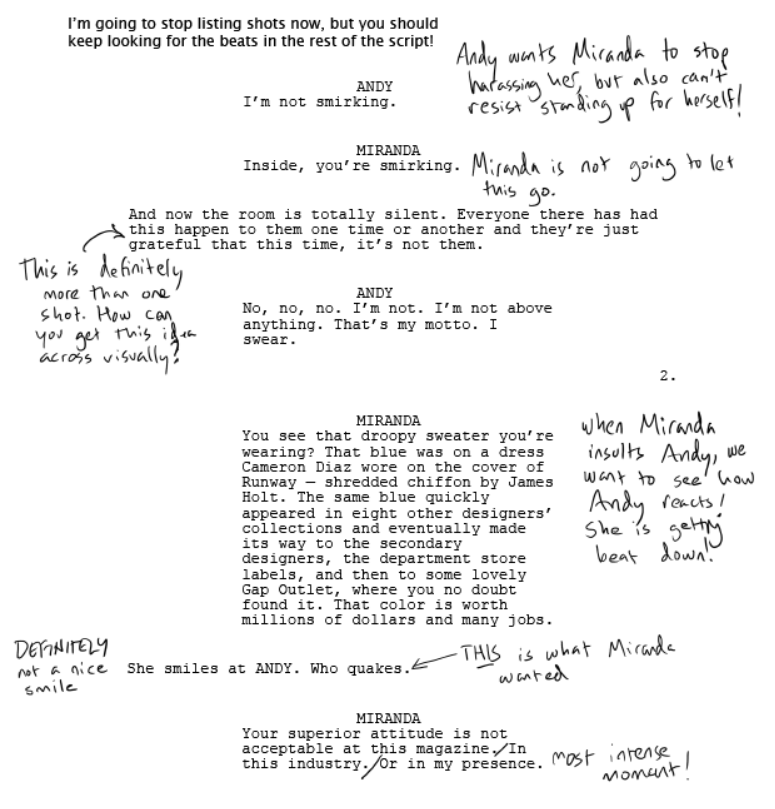Visuals in Episode must be clear, but that’s not all you should try for! Great visual storytelling elevates your audience’s experience by supporting and adding to the story. Knowing your tools is only half the battle. You’ve also got to know when to use them! Use this guide as a foundation to build on as you direct your story in Episode.
These are Episode’s most powerful visual tools:
- Cutting
When do you reveal new information or change the audience’s perspective?
- Framing
Your choice in how you frame a shot will emphasize different elements of your scene.
- Moves
Camera moves open up the world, heighten intensity and reveal new information. Don’t overdo it!
Guidelines:
- Cut to someone if:
- Their dialogue is extra important
- They are being affected by someone else’s dialogue
- They’re saying something funny
- If dialogue is funny, you may also want to cut to a 2-shot so the reader can enjoy the other characters’ reactions.
- Episode has 2 kinds of zooms: 0-second zoom (which is synonymous with a closeup) and active zoom. Active zoom should be used sparingly. It’s best for extra intense moments: surprise, dismay, danger.
- Simple scene structure: wide → 2-shot → closeups → 2-shot → wide (or closeup). DON’T cut from wide to close-up. It will feel awkward.
- Constant cutting between closeups tires the reader. Most of a conversation scene can be spent in a medium or 2-shot. You should use closeups for contrasts & emphasis.

Understanding the Story:
You’ve got to understand the story before you can elevate it! Reading between the lines lets you support what’s there while also adding anything that might be missing.
Here’s a simple way to break down a script, using a short scene from the film The Devil Wears Prada.
Ask yourself:
- What happens in this scene?
- Who wants what from whom?
- How should my audience feel?
- What is the most intense moment?
When you think about your cuts, look for BEATS. There will often be more than one beat in a single action line or block of dialogue.


